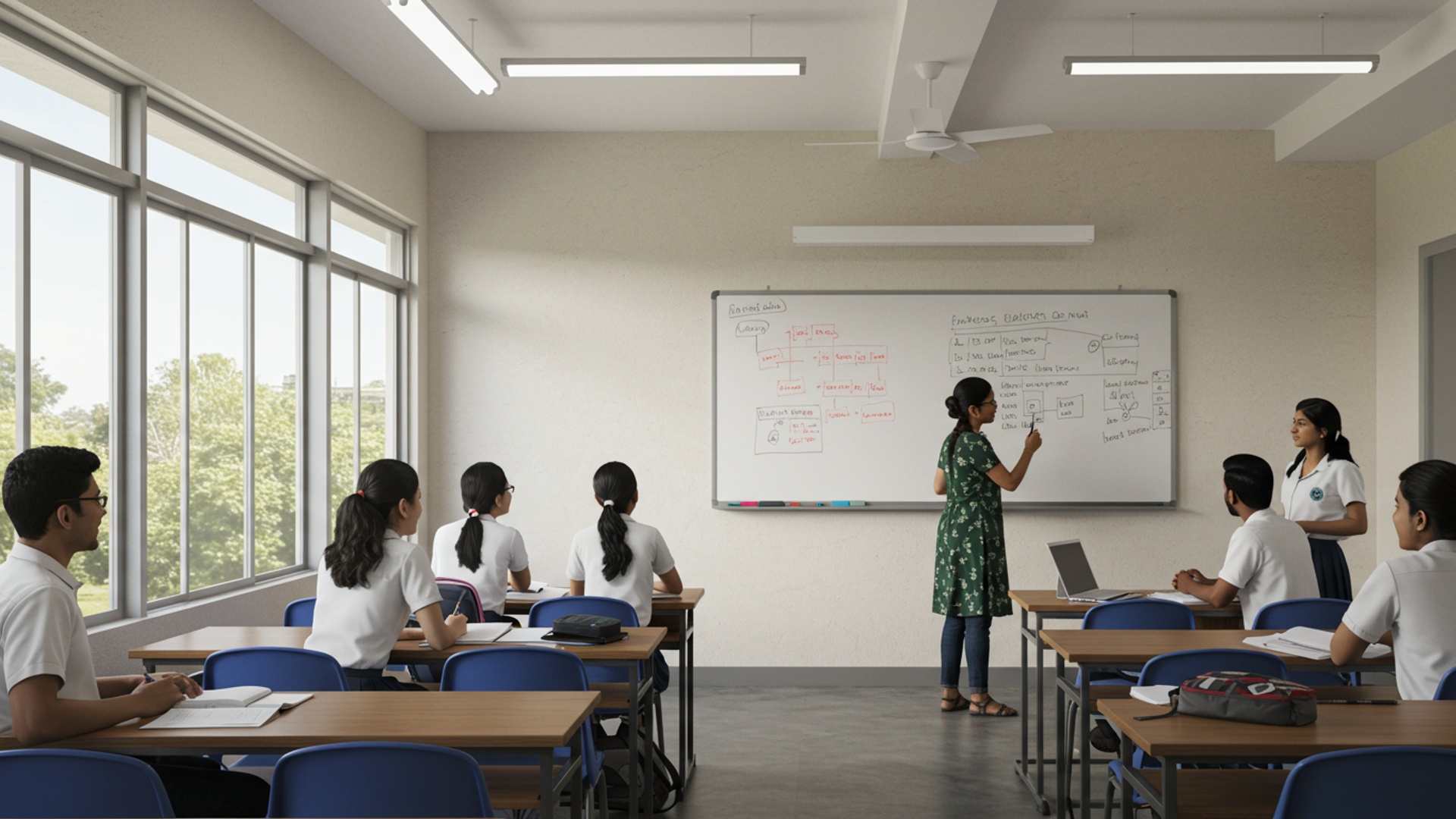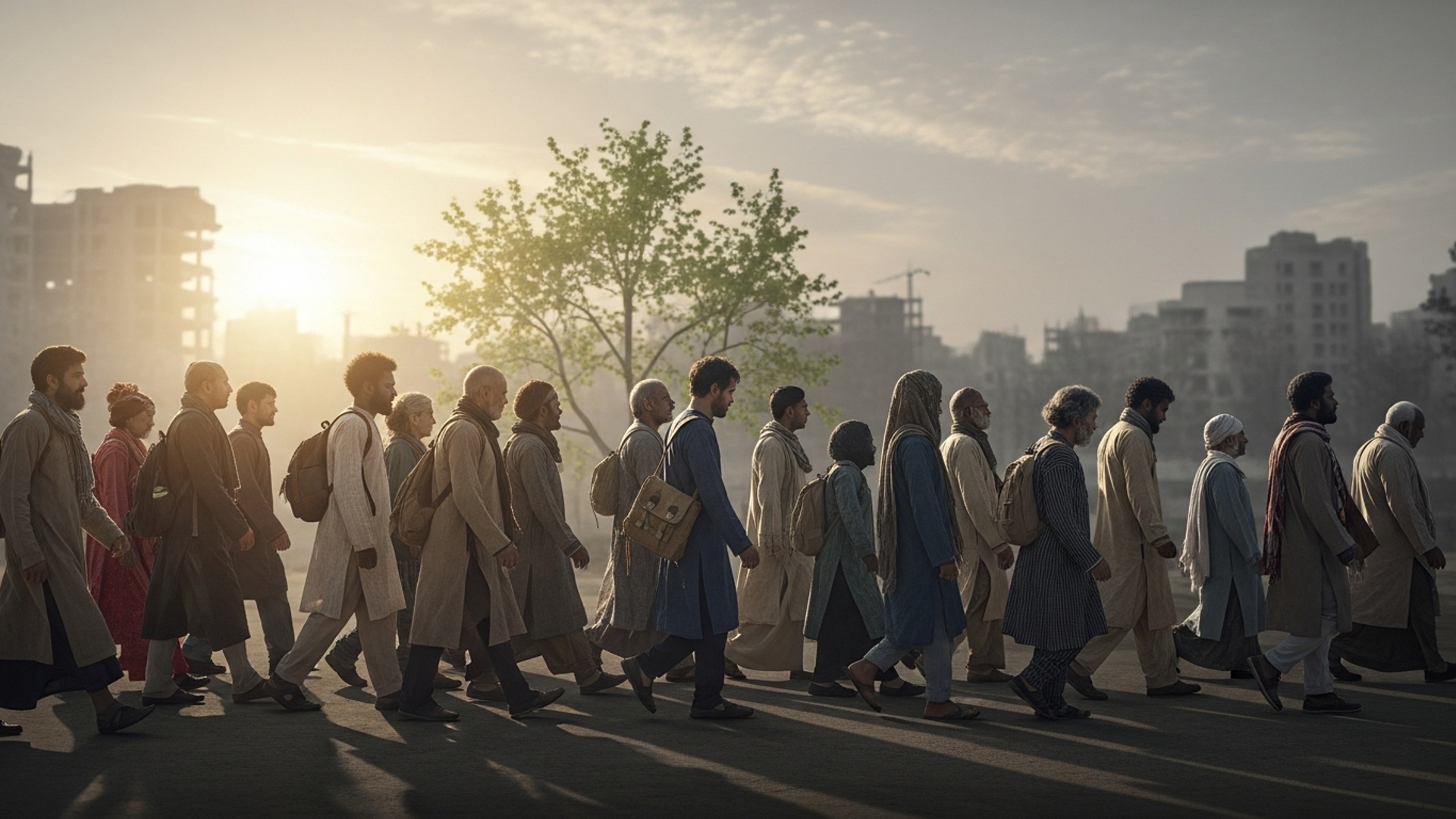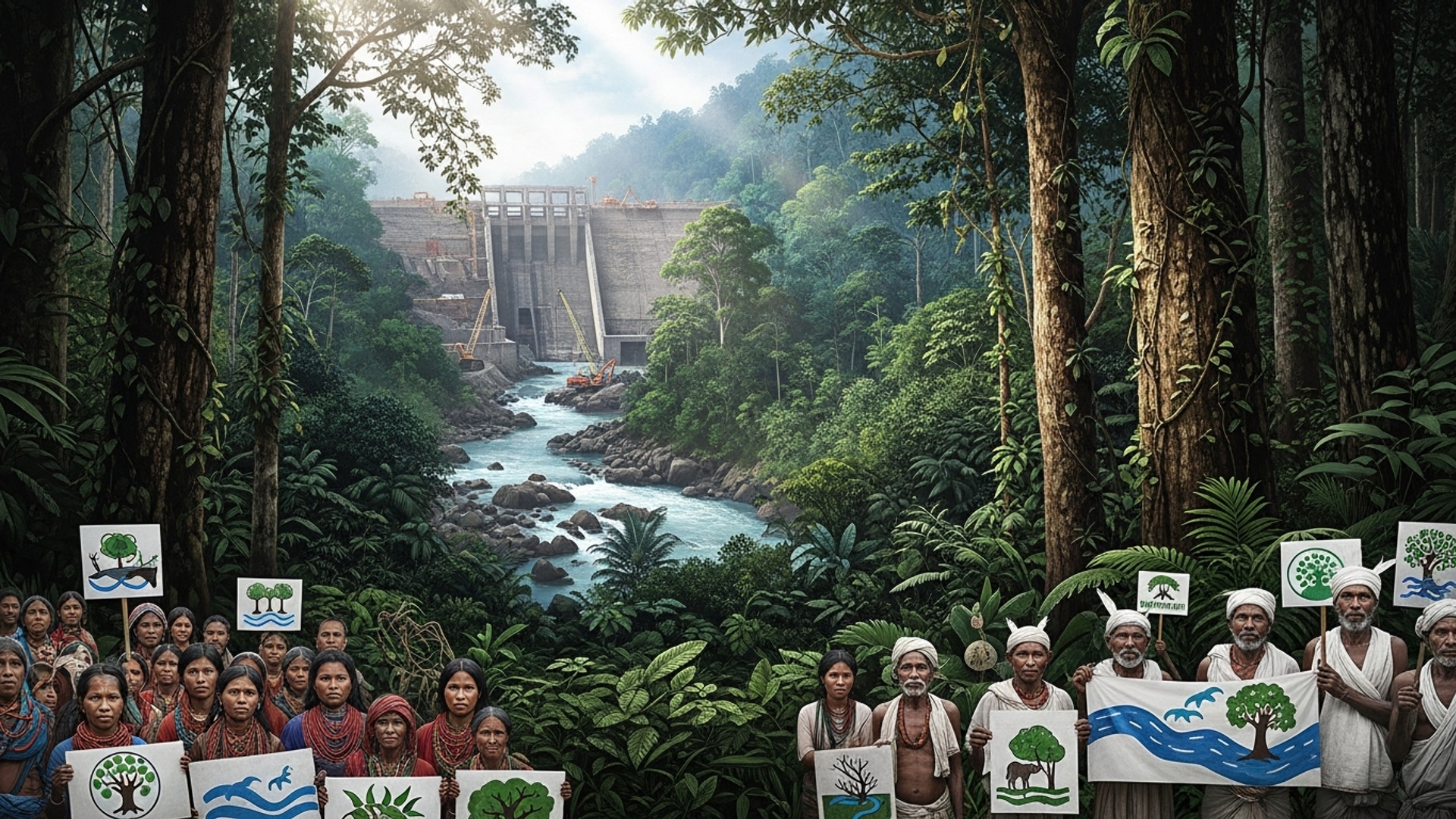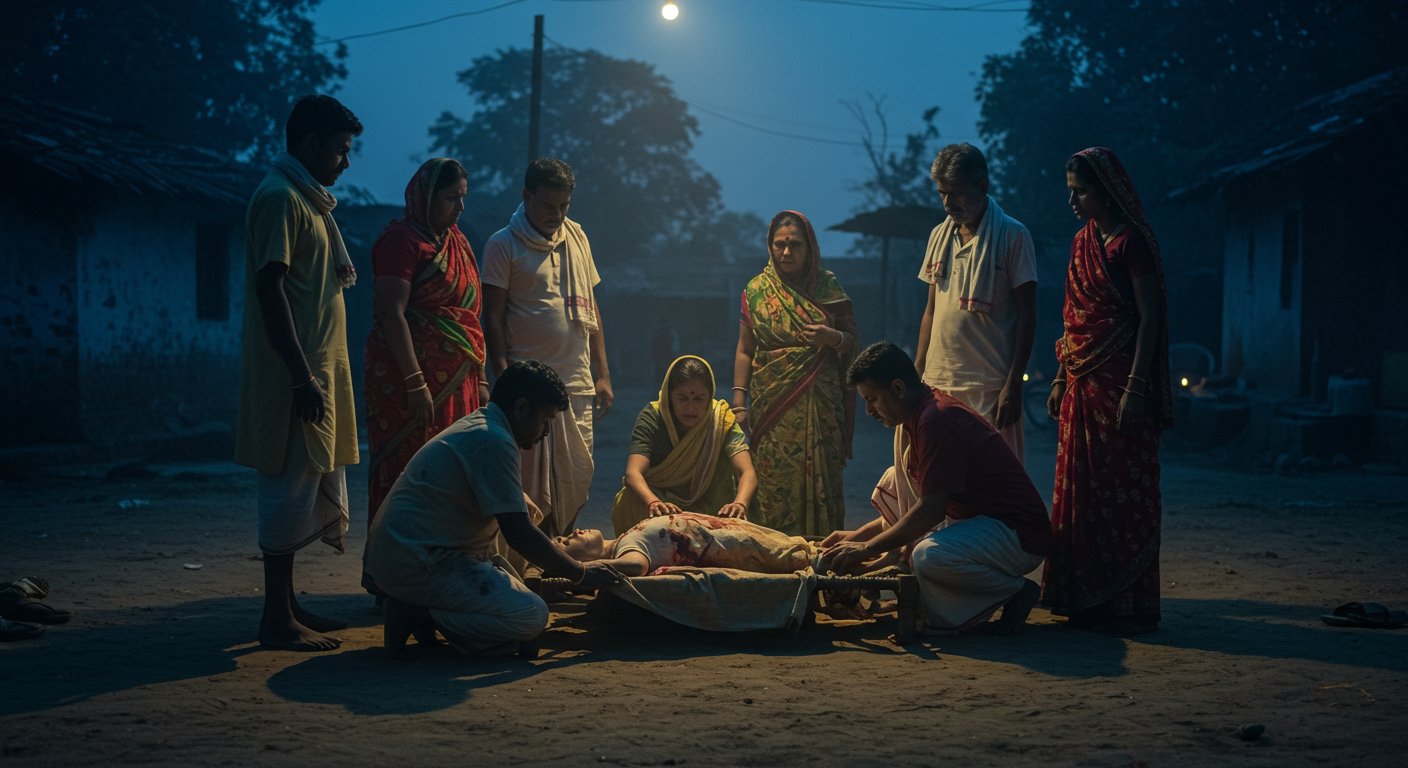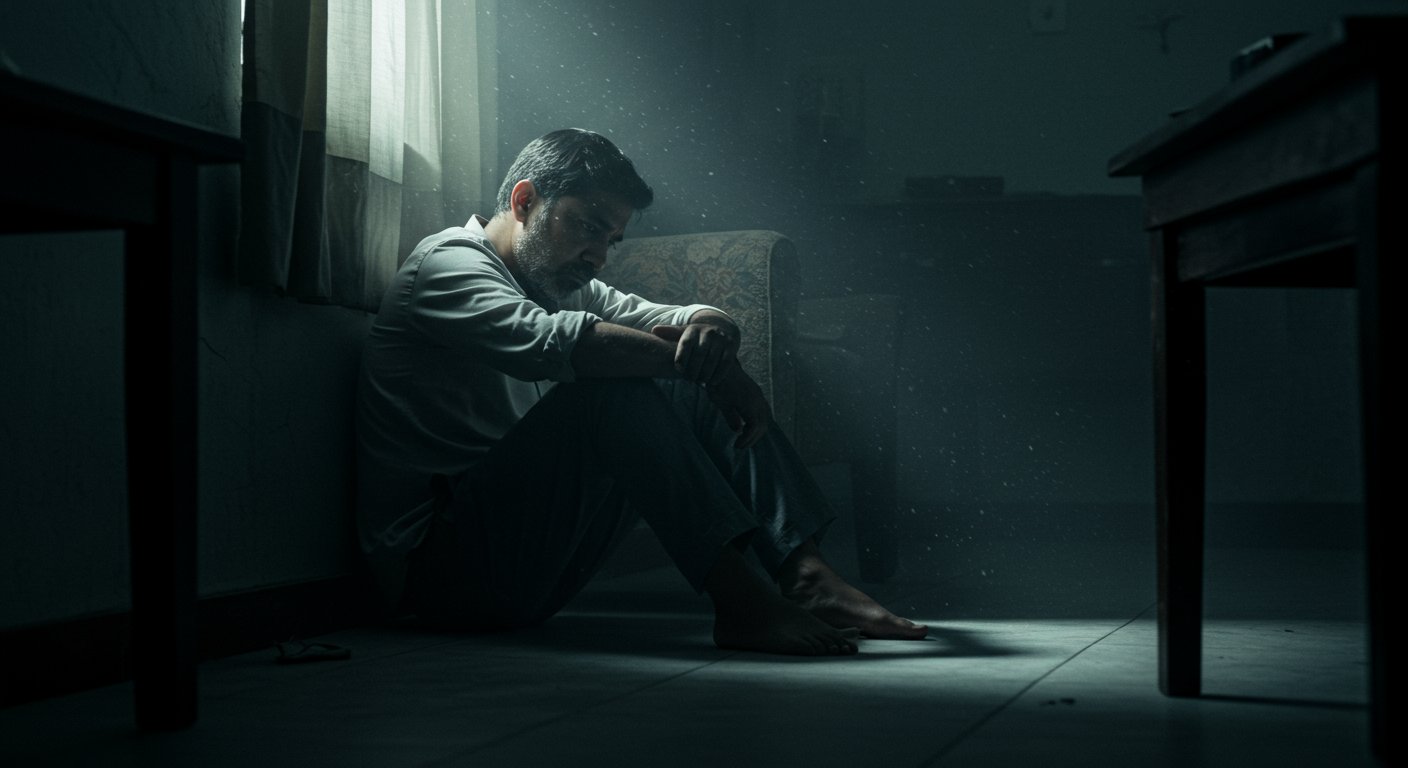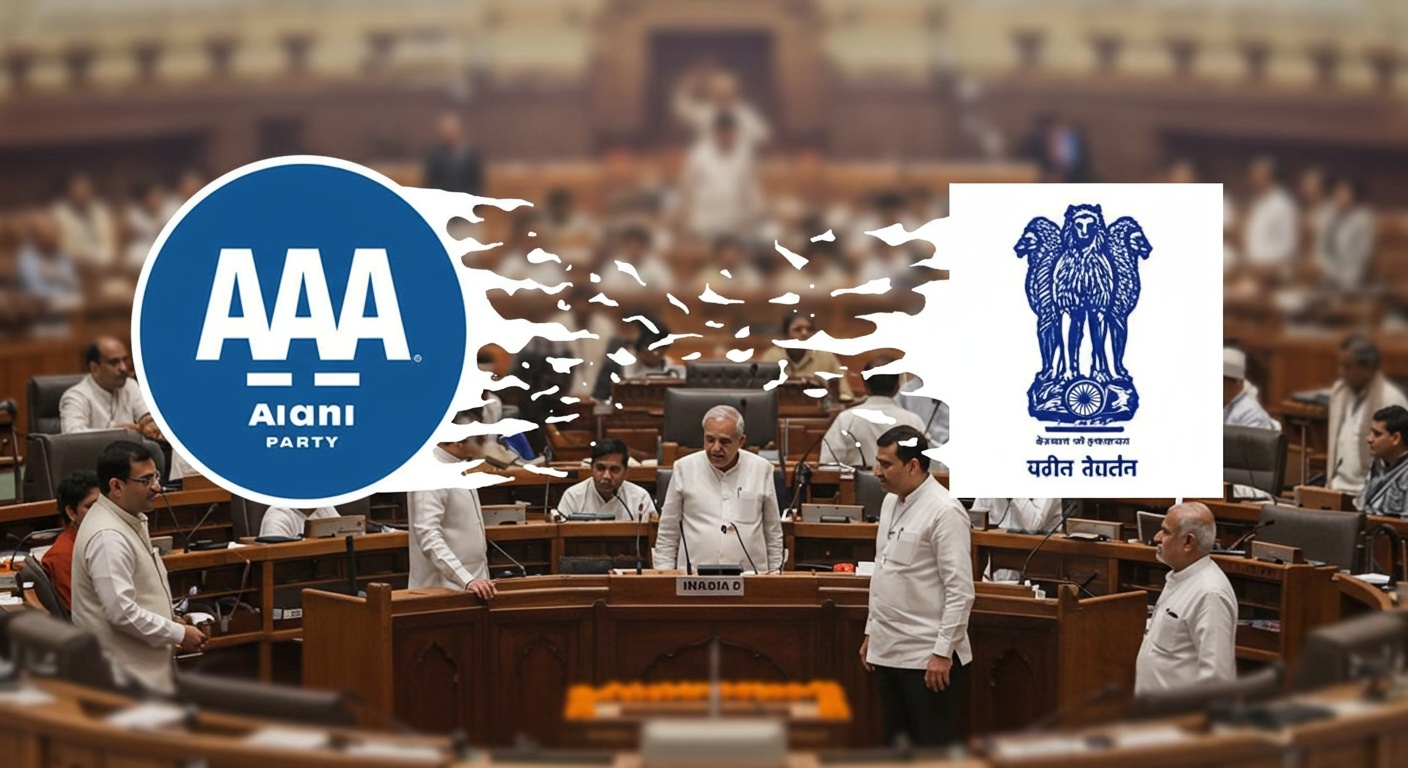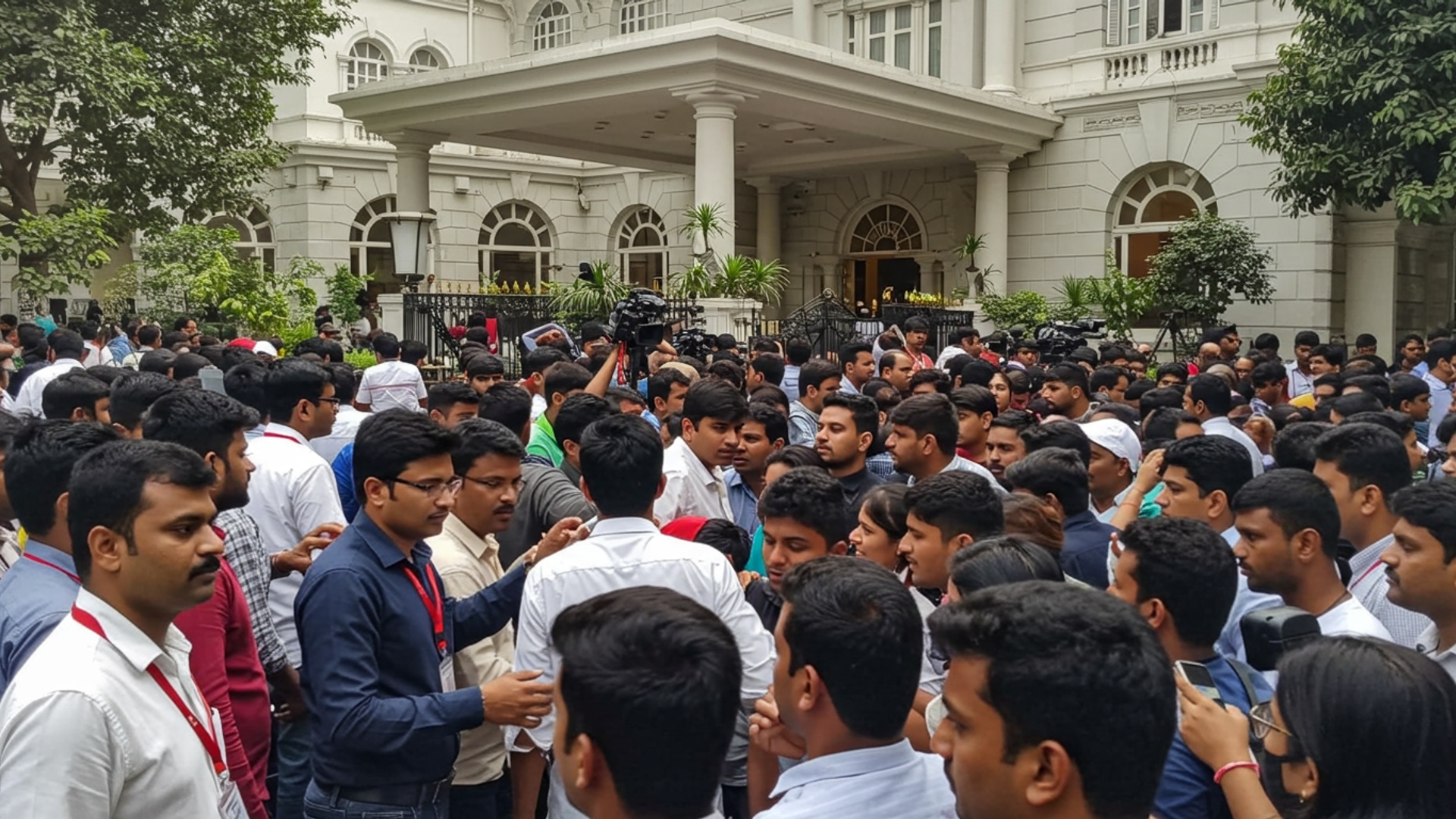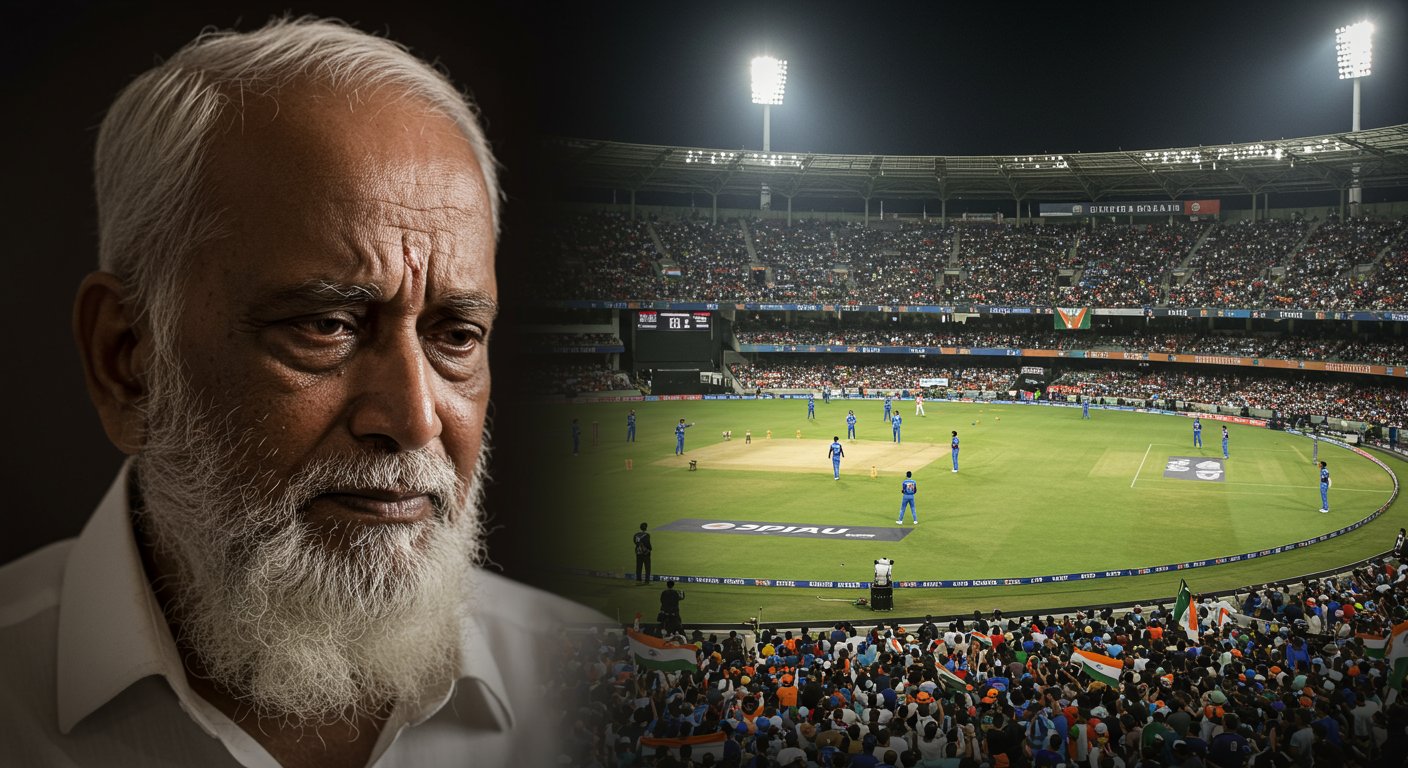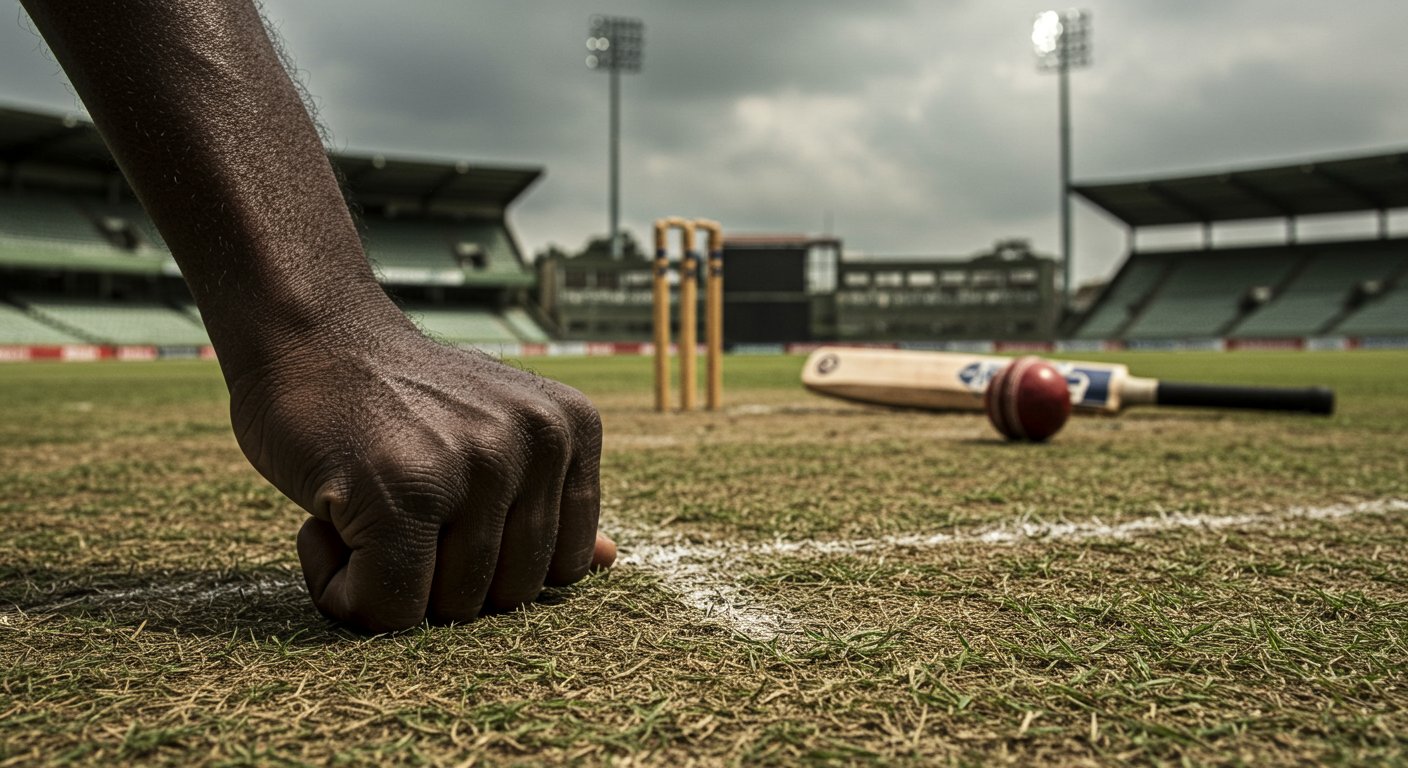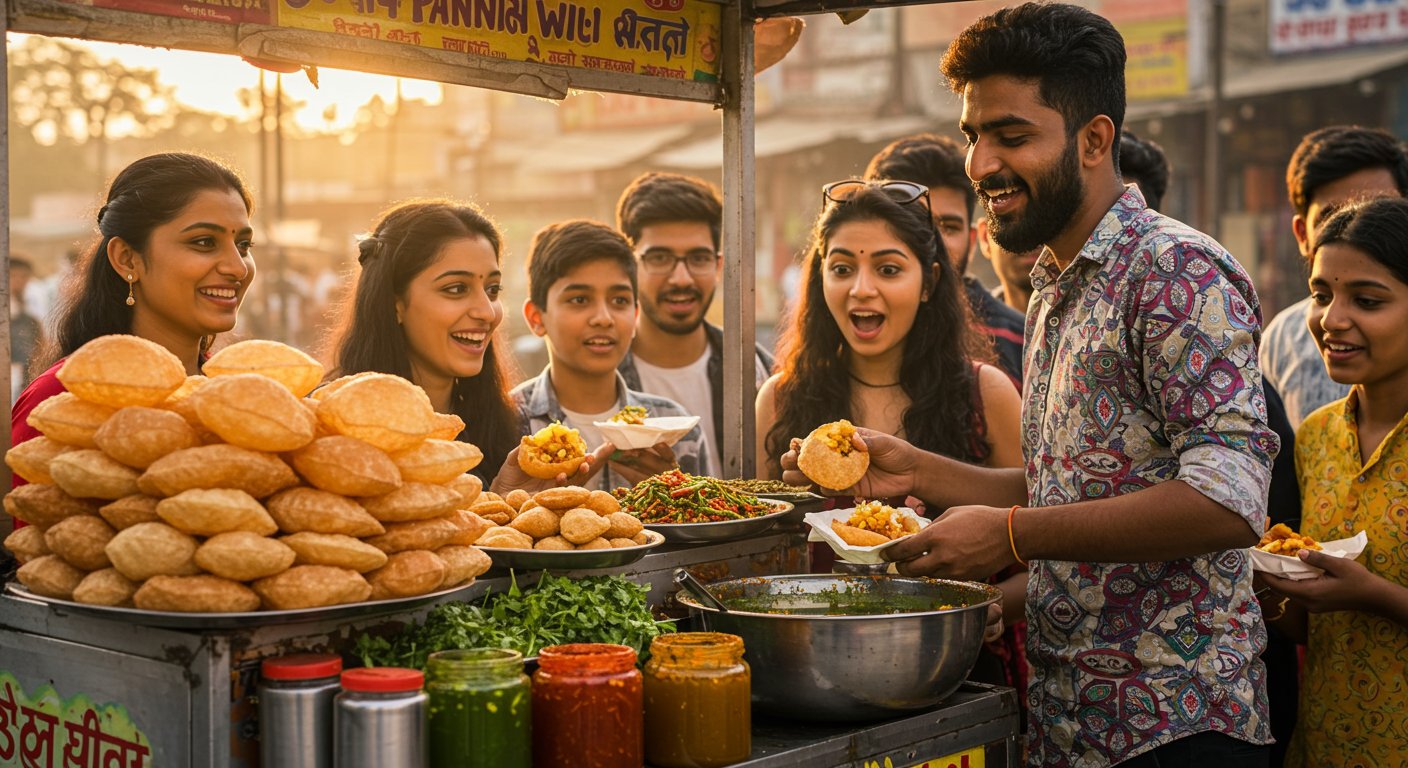Karnataka today brings out a big change in its schools with a new education plan. This plan uses a two-language system and makes many other crucial changes across the state. This move comes as the government aims to make learning better for all students, stepping away from older ways of teaching. The new policy is set to change how children learn and what they study, starting now. People are watching closely to see how this will work in classrooms across Karnataka.
Background and Policy Framework
The state of Karnataka has introduced a new education policy, moving away from the National Education Policy (NEP) 2020, to create a system more aligned with its local language, culture. economic needs. This new framework is based on a report submitted by the Karnataka State Education Policy Commission. The commission, led by economist and former University Grants Commission Chairman, Professor Sukhadeo Thorat, officially presented its detailed report to Chief Minister Siddaramaiah on August 8, 2025. The formation of this commission in October 2023 was a step taken following a promise by the current government to replace the previous national education policy.
A Shift to Two Languages
A core part of the new policy is the adoption of a two-language model for school education. This replaces the three-language policy that was part of the National Education Policy 2020. Under the new plan, Kannada or the mother tongue will be the medium of instruction for students up to Class 5 in all types of schools, including those following Central Board of Secondary Education (CBSE) and Indian Certificate of Secondary Education (ICSE) curricula. Beyond Class 5, it is suggested that this medium of instruction be maintained, possibly up to Class 12. The two mandatory languages will be Kannada or the student’s mother tongue, along with English. For linguistic minority schools, the teaching of three languages will continue. the third language will be optional and not used for assessment. To support this change, the policy recommends training teachers in methods that use two languages and setting up a special center for language teaching.
“The Commission is proposed to mandate Kannada/mother tongue as the medium of instruction at least until Class V. preferably up to Class XII. Alongside this, a two-language policy should be implemented, comprising Kannada or the mother tongue and English.”
New School Structure and Curriculum
The policy proposes a new structure for school education, changing from the 5+3+3+4 model of the previous national policy to a 2+8+4 system. This new structure means:
- 2 years of pre-primary education.
- 8 years of primary education.
- 4 years of secondary education.
A major change involves moving away from textbooks provided by the National Council of Educational Research and Training (NCERT). Instead, Karnataka plans to create its own Comprehensive Curriculum for School Education (CCSE) to ensure that learning materials are directly relevant to the state’s context. This aims to provide content that is more local.
Rules for Private Schools
The new policy includes rules for private schools. A special system will be put in place to manage pre-primary private schools. Also, a specific body will be created to oversee private schools across the state. This body will address concerns about high admission fees and age restrictions. For colleges, a permanent group will be set up to control and check fees in private institutions.
Funding and Support for All
The education policy suggests increasing the money spent on education. It recommends raising the education budget to 30 percent of the state’s total spending. There is also a suggestion to increase the amount of money spent per student by 5 to 10 percent each year. For higher education, the plan is to gradually increase spending to 1 percent of Karnataka’s Gross State Domestic Product (GSDP) by the year 2034-35. To help students from low-income families, the policy suggests scholarships. It also proposes creating a State Education Finance Corporation to offer education loans linked to employment opportunities for students from low-income backgrounds. Girls will receive free higher education in all government, aided. unaided institutions. There are also financial plans to help delay child marriage. The policy aims to make sure that reservation rules for Scheduled Castes, Scheduled Tribes. Other Backward Classes are followed in private institutions. Post-matric scholarships will be expanded. the income limit for eligibility will be raised to ₹10 lakh per year. Specific support measures are also suggested for low-income Muslim students and Muslim girls in rural areas. The Right to Education Act, which currently covers children up to 14 years old, is proposed to be extended to include children aged 4 to 18 years. The policy also focuses on making secondary education available to everyone, building residential schools for children who move often. establishing new schools in areas that do not have bus connections. Also, it stresses the importance of keeping small schools open to ensure access to education for all.
Changes in Higher Education
For colleges and universities, the policy suggests keeping the admission rules that were in place before the National Education Policy 2020. It proposes a 3+2 model for general undergraduate and postgraduate courses. a 4+2 model for professional courses. The policy also suggests starting integrated five-year programs that combine undergraduate and postgraduate studies. A State Research Foundation is proposed with an initial fund of ₹500 crore to boost research and new ideas. To improve teaching quality, Higher Education Teachers Academy Centers will provide training for all new teachers. The policy states that all approved teaching positions should be filled within five years, keeping the number of empty positions below 5 percent. A new way to select college principals is also suggested. Universities will also need to set up special offices for foreign students to help with admissions and support. The policy also includes a recommendation for comprehensive sex education for pre-university students (Classes 11 and 12).
Other Key Reforms
The policy aims to bring government schools up to the same standard as Kendriya Vidyalayas. It also suggests stopping the hiring of guest or contract teachers. To support students who have left school or are working, the Karnataka State Open School System will be established. Education on constitutional values will become a required subject. The policy also calls for ending the practice of adopting NCERT curriculum and instead developing locally relevant subjects. Also, the state government is setting up 500 Karnataka Public Schools this year, costing ₹2,500 crore. is upgrading colleges and polytechnics. There are also plans to establish 13 new technical education institutions. The government is also providing nutritious food, including ragi malt, milk, eggs, or bananas, to 53 lakh children in schools every day. The pay for guest teachers and midday meal staff has also been increased.
Reactions from People
The new education policy has received different reactions from various groups of people involved in education. Parents have generally welcomed parts of the policy, especially the recommendation for free education up to Class 12 and the plan for a permanent authority to control fees. But, parents have also expressed concerns about the two-language policy, stating that students should have the choice in this matter. School associations, such as the Associated Management of Primary and Secondary Schools in Karnataka (KAMS), have voiced strong disagreement with the two-language system. They believe this move could negatively affect the local language and put students at a disadvantage in competitive exams, especially by moving away from NCERT standards. Some associations have stated that this decision could take education quality back by many years and that they were not properly consulted during the policy’s formation. On the other hand, Kannada language activists have welcomed the proposal for Kannada or the mother tongue to be the main language of teaching. Student groups like the All India Democratic Students’ Organisation (AIDSO) have consistently opposed the previous national policy, stating it was not helpful for students from poorer backgrounds. These groups have also expressed concerns about new committees for education reforms being led by elected representatives and plans to close government schools under a ‘Hub and Spoke Model’. Some education experts have called for a more democratic process involving all parties when putting the state education policy into action. ![]()
